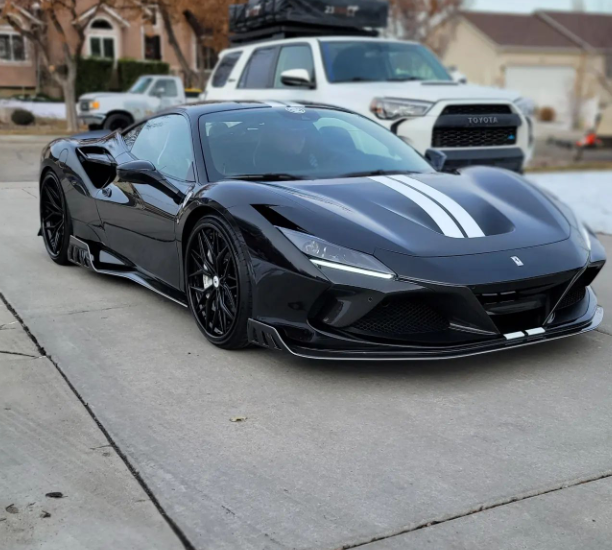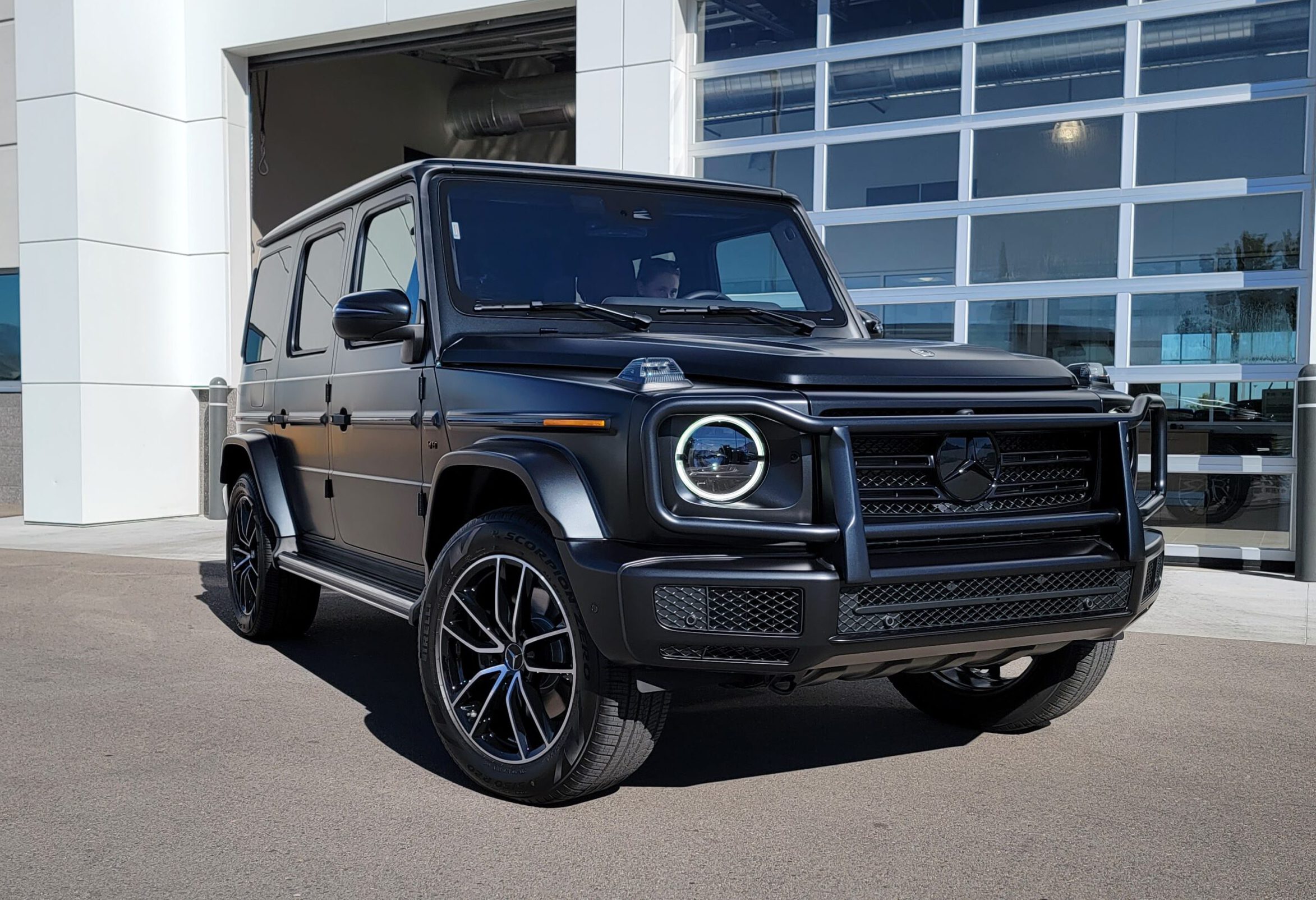When it comes to selecting the ideal car window tint, you must weigh various factors carefully. Understanding tint percentages and types of films is important, but have you thought about the legal regulations in your area? Era Auto, it’s crucial to be informed to make the right choice.
Consider the benefits and maintenance involved before making a decision. Professional installation or a DIY approach – which would suit you best?
Stay tuned to uncover the essential tips for choosing the perfect window tint that aligns with your vehicle and needs.
Key Takeaways
- Understand tint percentages and types for specific benefits like UV protection and heat reduction.
- Consider local laws, tint type, durability, and aesthetic preferences before tinting.
- Comply with tinting laws, maintain visibility, and prevent damage for long-lasting benefits.
- Opt for professional installation for correct application, quality films, warranties, and cost efficiency.
Understanding Tint Percentages
When selecting window tint Utah, it’s important to understand tint percentages to make sure you comply with local regulations and achieve the desired level of privacy and UV protection. The percentage of tint refers to the amount of light the film allows to pass through. For example, a 5% tint means only 5% of light can pass through, providing a high level of privacy and UV protection. On the other hand, a 50% tint allows 50% of light to pass through, offering less privacy but still providing UV protection and some heat reduction benefits.
Understanding tint percentages is critical not only for aesthetics but also for practical reasons. Tinted windows can significantly reduce the amount of heat entering your car, offering a more comfortable driving experience, especially in hot climates. The level of tint you choose will impact the heat protection benefits you receive. Darker tints generally provide better heat reduction compared to lighter tints. However, it’s essential to make sure that the tint percentage you select complies with local laws to avoid potential fines or legal issues.
Types of Window Tint Films
Various types of window tint films offer different features and benefits for your vehicle. When it comes to heat rejection and UV protection, ceramic window tint films are a popular choice. These films use ceramic particles to block out heat while also providing excellent UV protection, which helps in maintaining a cooler interior and protecting your skin from harmful sun rays.
For those seeking enhanced privacy and a sleek look, dyed window tint films are a suitable option. These films contain a layer of dye that helps reduce glare and provide privacy by making it difficult for outsiders to see inside your vehicle, making them one of the best car window tint options available. While they may not be as effective in heat rejection as ceramic films, they still offer decent protection against UV rays.
If aesthetics are a top priority for you, then metallic window tint films might be the way to go. These films have a metallic layer that gives your windows a reflective appearance, enhancing the overall look of your vehicle. They’re also effective in heat rejection and provide good UV protection, making them a practical and stylish choice for many car owners.
Ultimately, the type of window tint film you choose will depend on your specific needs and preferences, whether it’s prioritizing heat rejection, UV protection, privacy, or aesthetics.
Factors to Consider Before Tinting
Before tinting your car windows, you should first check the laws and regulations in your area to ensure compliance.
Next, consider the type of tint film you want, as different materials offer varying levels of heat rejection and UV protection.
Tinting Laws and Regulations
Guarantee compliance with tinting laws and regulations before proceeding with tinting your car windows. Tint darkness and legal limits are important factors to take into account. Each state has specific laws regarding how dark you can tint your windows.
The darkness is measured by the Visible Light Transmission (VLT) percentage, indicating how much light passes through the tint. For example, some states allow a VLT of 70% for the front side windows, while others permit only 50%.
Understanding these legal limits is essential to avoid fines or having to remove the tint. Before tinting, research your state’s regulations to make sure you stay within the legal boundaries, enhancing both the aesthetics and safety of your vehicle.
Type of Tint Film
When selecting a tint film for your car windows, make sure to assess factors such as durability, heat rejection, and color options to meet your specific preferences and needs.
- Durability: Look for durable tint films that can resist marks and fade over time.
- Heat Rejection: Choose a tint film with high heat rejection properties to keep your car cool during hot days.
- UV Protection: Opt for a tint film that provides excellent UV protection to safeguard your skin and the car’s interior from sun damage.
- Color Options: Consider different tint colors to match your car’s aesthetic while still benefiting from heat rejection and UV protection features.
Impact on Visibility
Consider how the tint film you choose for your car windows can impact visibility both during the day and at night. When selecting a tint, keep in mind that darker tints reduce the amount of light that enters your vehicle, affecting visibility, especially at night.
Opting for a lighter shade can help maintain better visibility while still providing some level of protection and style. Safety is important, so make sure the tint color choices comply with local regulations to prevent any visibility issues that can compromise your safety on the road.
It’s important to strike a balance between achieving the desired look and maintaining the best visibility for your comfort and safety while driving.
Legal Regulations and Restrictions
When considering car window tint, it’s important to follow state laws regarding tint darkness and reflection. Understanding visible light transmission percentages and the prohibited tint shades will help you make an informed decision that complies with regulations.
State Tinting Laws
Understanding the legal regulations and restrictions regarding car window tinting in different states is important for compliance and avoiding potential fines or penalties.
When it comes to state tinting laws, here are some key points to keep in mind:
- Tint Darkness: Each state has specific regulations concerning how dark you can tint your windows, typically measured as the Visible Light Transmission (VLT) percentage.
- Safety Concerns: States often have laws in place to make sure that window tint darkness doesn’t compromise the driver’s visibility or overall road safety.
- Medical Exemptions: Some states allow for medical exemptions that permit darker tint levels for individuals with specific medical conditions.
- Enforcement: It’s essential to understand how strictly these laws are enforced in your state to avoid any legal issues.
Visible Light Transmission
To guarantee compliance with state tinting laws, it’s important to understand the regulations and restrictions surrounding Visible Light Transmission (VLT) percentages for car window tinting. VLT refers to the amount of light that can pass through the tinted windows.
States have specific VLT limits to confirm safety on the road. The VLT percentage affects various factors, such as heat rejection, UV protection, privacy, and glare reduction. Higher VLT percentages mean more light can pass through, providing better visibility but potentially less heat rejection and UV protection.
Lower VLT percentages offer increased privacy and glare reduction but may affect visibility at night or in poor weather conditions. Make sure to check your state’s regulations to choose the appropriate VLT percentage for your car window tint.
Prohibited Tint Shades
Prohibited tint shades are specific colors that are legally restricted for use in car window tinting across various states. When considering window tint shades, it’s important to be aware of the regulations to avoid legal consequences and guarantee safety on the road. Here are some key points to keep in mind:
- Compliance: Different states have varying laws regarding tint shades, so it’s important to check your local regulations before choosing a tint color.
- Restricted Colors: Certain shades like red, amber, and blue are commonly prohibited due to safety concerns and visibility issues.
- Enforcement: Law enforcement agencies can issue fines or require tint removal for non-compliant tints, emphasizing the importance of following the rules.
- Safety First: Adhering to tint shade regulations not only prevents legal trouble but also enhances visibility and road safety for you and other drivers.
 Benefits of Car Window Tint
Benefits of Car Window Tint
Improving your vehicle’s aesthetics and safeguarding its interior are just two of the numerous benefits that come with installing car window tint. Aside from adding a sleek and stylish appearance to your car, window tint offers practical advantages that can enhance your driving experience.
One significant benefit of car window tint is heat reduction. Tinted windows help to block out a portion of the sun’s heat, keeping the interior of your vehicle cooler on hot days. This not only enhances comfort but also reduces the need for excessive air conditioning, which can help save fuel.
UV protection is another crucial advantage of window tint. The film used in window tinting can block up to 99% of harmful UV rays, shielding both you and your car’s interior from sun damage. This helps prevent fading and cracking of your upholstery and dashboard, extending the lifespan of your vehicle’s interior.
In addition to heat reduction and UV protection, window tint provides privacy for you and your passengers. By obscuring the view into your car, tinted windows can deter potential thieves and protect your belongings. Moreover, window tint enhances the overall aesthetics of your vehicle, giving it a more polished and sophisticated look while providing practical benefits.
Professional Installation Vs. DIY
Consider the factors influencing your decision between professional installation and a DIY approach when tinting your car windows. When making this choice, there are a few key aspects to keep in mind:
- Professional Expertise: Opting for professional installation guarantees that your car window tint is applied correctly, minimizing the risk of bubbling, creasing, or misalignment. Professionals have the experience and tools to achieve a seamless finish that not only enhances the aesthetics of your vehicle but also provides long-lasting durability.
- Budget-Friendly Options: While professional installation may come at a higher initial cost, it can save you money in the long run by avoiding the need for reapplication or repairs due to mistakes made during a DIY project. Additionally, many professional installers offer warranties that provide added protection for your investment.
- Time and Convenience: DIY tinting can be time-consuming and labor-intensive, especially if you lack experience. On the other hand, opting for professional installation permits you to sit back and relax while experts take care of the process efficiently.
- Quality of Materials: Professional installers often have access to higher-quality tint films that may not be readily available for DIY projects. These superior materials can offer better heat rejection, UV protection, and overall performance, enhancing the comfort and safety of your driving experience.
Maintenance Tips for Tinted Windows
Maintaining tinted windows requires regular cleaning and gentle care to preserve their appearance and functionality. To guarantee the longevity of your tinted windows, it’s important to use the right cleaning techniques. Avoid using harsh chemicals or abrasive materials that can damage the tint film. Instead, opt for a mild soap or tint-safe cleaning solution along with a soft microfiber cloth to gently clean the windows.
In addition to cleaning, protecting your tinted windows from the sun is vital for both the tint itself and your vehicle’s interior. Tinted windows provide sun protection by blocking harmful UV rays that can fade upholstery and overheat the interior. This sun protection not only enhances the longevity of your tint but also helps reduce heat inside the vehicle, making your driving experience more comfortable.
Regularly inspect your tinted windows for any signs of peeling, bubbling, or discoloration, as addressing these issues promptly can prevent further damage. If you notice any problems, consult a professional tint installer for proper maintenance. By following these maintenance tips and caring for your tinted windows diligently, you can enjoy the benefits of enhanced aesthetics, sun protection, and heat reduction for years to come.
Choosing the Right Tint for Your Needs
To guarantee top performance and satisfaction, choosing the right window tint that suits your specific requirements is essential when considering tint options for your vehicle. Here are some key factors to take into account when selecting the ideal tint for your needs:
- Tint Application: Consider whether you want a professional to apply the tint or if you prefer a DIY option. Professional installation guarantees a precise fit and reduces the risk of air bubbles or creases that can impact the tint’s performance.
- Heat Reduction: If you live in a hot climate or desire the best heat reduction in your vehicle, look for tints with high solar heat rejection properties. These tints can reduce the amount of heat that enters your car, keeping the interior cooler and more comfortable.
- Legal Regulations: Check your local laws and regulations regarding the darkness and reflectiveness of window tints. Make sure that the tint you choose complies with these regulations to avoid potential fines or legal issues.
- UV Protection: Look for tints that offer high UV protection levels to safeguard your skin and interior from the sun’s harmful rays. UV-protective tints can help prevent premature aging of your vehicle’s interior and protect you from UV-related health risks.
Summary
Now that you have all the information on choosing the best car window tint, it’s time to make a decision. Remember, like a well-tailored suit, the right tint can enhance your vehicle’s appearance and performance.
Consider your needs, the legal regulations, and the benefits of tinting. Whether you opt for professional installation or a DIY approach, maintaining your tinted windows will guarantee they continue to shine like a polished gem on the road.
Choose wisely and enjoy the ride.



 Benefits of Car Window Tint
Benefits of Car Window Tint


